Where to feast on Japan’s regional flavours — without leaving Tokyo
This article is part of a guide to Tokyo from FT Globetrotter
Japan is a country of more than 6,800 islands, split across 47 prefectures and traditionally divided into eight regions. From chilly Hokkaido in the north to balmy Kyushu and Okinawa in the south, just about every corner of the country has a culinary speciality.
Regional cuisine, or kyodo ryori in Japanese, plays an important role in luring tourists to Japan’s far-flung destinations. These dishes often carry a deeper significance too, entwined with geography and history.
This article is part of a collaboration between FT Globetrotter and Nikkei Asia. FT Globetrotter showcases the best journalism from Nikkei Asia writers about cities across the region, starting with Tokyo, Hong Kong and Singapore. You can read more from Nikkei Asia here
Japan has a “climatic variety and biodiversity that have given rise to localities with unique characteristics,” says Roberto Maxwell, a geographer and expert on Japanese culture and gastronomy. “The differences in climate throughout the year and the environment of each place have led to different uses of the same ingredients, or the development of unique techniques.”
Hokkaido, Japan’s northernmost main island and region, is renowned for its high-quality seafood. But during the long winters, “soup curry” fills the craving for soul food.
Soba noodles are often tied up with traditions and superstitions in Japan. At New Year, the custom is to eat a bowl of long buckwheat noodles, which is said to symbolise a lengthy and happy life.
What the world knows simply as “sushi” traces its origins to Tokyo in the early 19th century, when the city was called Edo. Although sliced fish on bite-sized portions of vinegared rice can now be found everywhere from convenience stores to the finest restaurants, some establishments offer a more authentic Edo experience than others.
Back then, the lack of refrigeration gave rise to techniques for preserving fish caught in Tokyo Bay, or Edo-mae — “in front of Edo”. This preparatory work, from marinating to steaming, is one of the key characteristics of Edo-mae sushi. Another is the use of akazu red vinegar for the rice, rather than white-rice vinegar. Made with sake lees, akazu produces darker and more fragrant rice. Then there is the nikiri — a mixture of soy sauce, sake and mirin gently brushed on the fish before serving. No two restaurants have quite the same nikiri, each bringing its own personality to this final touch.
One place that puts it all together in style is Shutoku Ganso, a hole in the wall in Tsukiji, once home to the famed fish market. Watching the affable chef work his magic is part of the experience. Grated ginger balances on a sardine. A sprinkle of salt accentuates the sweetness of sea urchin. Sudachi citrus zest puts a twist on the sea bass. All of it makes for an unforgettable meal.
Kanazawa wagashi sweets at Morihachi (Chubu)
1-13-3 Kanda Jinbocho, Chiyoda-ku, Tokyo 101-0051
Good for: Buying gifts
Not so good for: Chilling out — it’s takeaway only
FYI: The fresh wagashi may sell out, but there are plenty of packaged goodies
Website; Directions
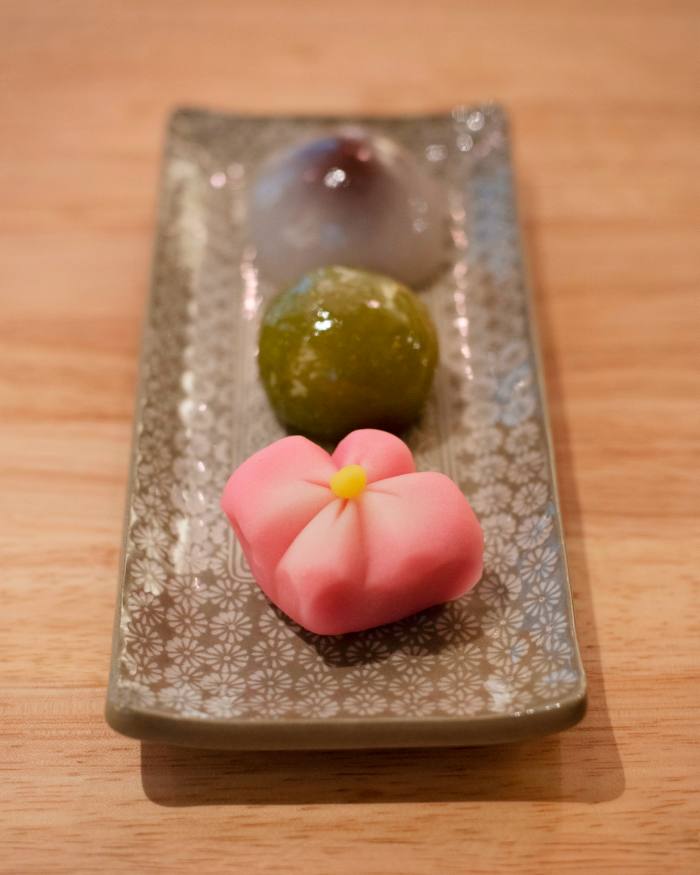
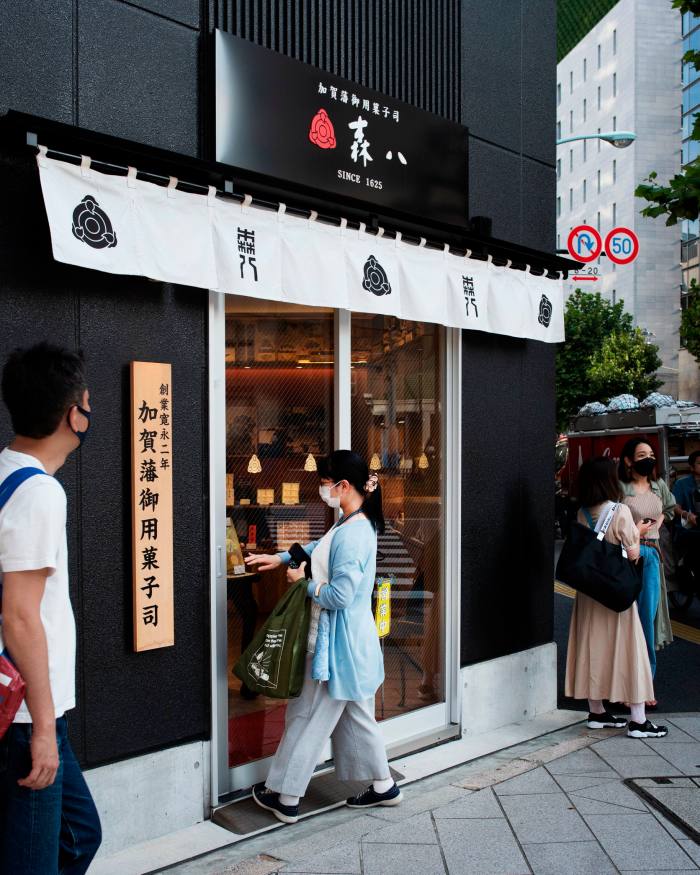
Traditional Japanese sweets, known collectively as wagashi, come in a variety of shapes, flavours and consistencies. Most are made with plant-based ingredients, resulting in more delicate and less saccharine sensations than Western confections. The elaborate creations of the city of Kanazawa in the Chubu region stand out among them all.
Kanazawa was once an important castle town dominated by the powerful Maeda samurai clan. The arts flourished during the relatively peaceful Edo period (1603-1868), including those of the tea ceremony and wagashi.
The two are closely related. Subtle flavours like red adzuki or white kidney beans — ground into a paste sweetened with sugar — prepare the palate for the nutty, savoury notes of green tea. Wagashi can also symbolise an occasion, such as cherry blossom-shaped sweets in springtime.
The Kanazawa confectioner Morihachi, which has been in business since 1625, once served the samurai lord Maeda Toshitsune. Passed down from generation to generation, the shop has reached Tokyo, where it sells carefully sculpted bites that are almost too pretty to devour.
Osaka-style okonomiyaki at Kiji (Kansai)
floor b1, TOKIA Building, 2-7-3 Marunouchi, Chiyoda-ku, Tokyo 100-6490
Good for: A satisfying lunch
Not so good for: A romantic dinner
FYI: Craving noodles? The modan (modern) pancake includes them
Website; Directions
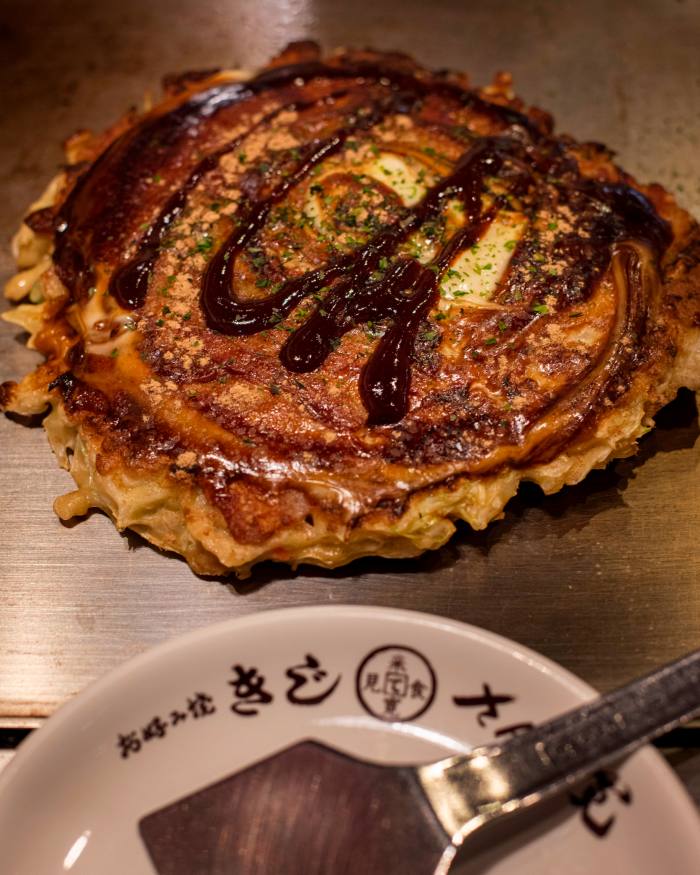
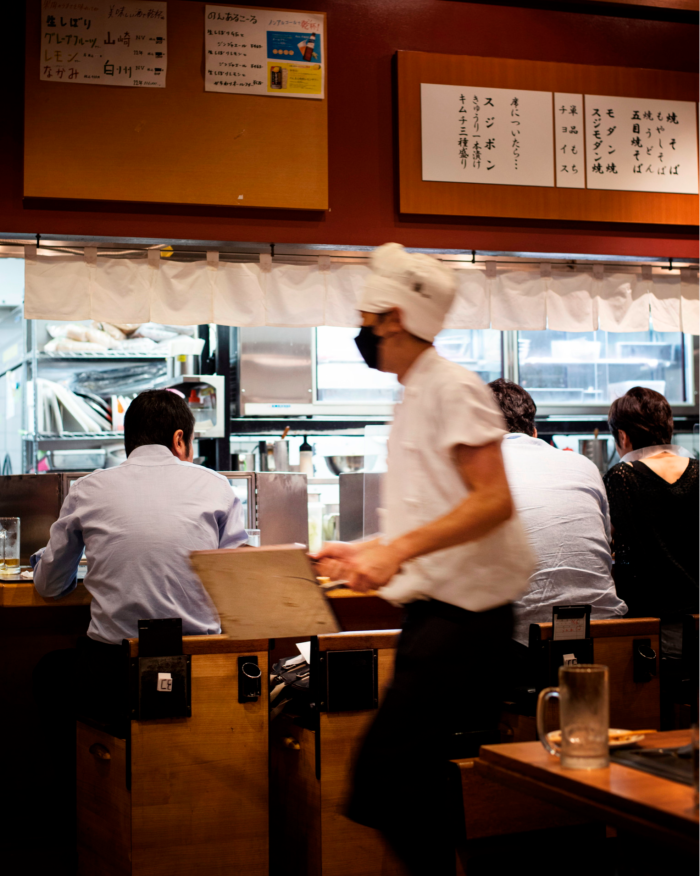
One of Japan’s great culinary debates is whether Osaka- or Hiroshima-style okonomiyaki is superior. The former is best described as a savoury pancake, while the latter is a thin crepe topped with noodles and other ingredients.
We’re not here to take sides. But few would deny that Kiji, an Osaka institution awarded Michelin’s Bib Gourmand, makes a tasty pancake — and it has outposts in Tokyo too.
It’s nothing fancy: chopped cabbage is mixed into a batter of flour and eggs and cooked on a griddle. As the name suggests — okonomi means “as you like” and yaki means “grilled” — the rest is up to you. Choose anything from squid and octopus to pork, even cheese, which isn’t often used in Japanese cuisine. Then douse it with sauce and carve it up with a spatula.
With its no-frills decor, Kiji is as down to earth as the cuisine it offers. Staff rush to and fro, sliding freshly cooked pancakes on to warmed griddles at each table. For a better look at the art of making okonomiyaki, ask for a seat at the counter by the kitchen.
Anago meshi at Nihonbashi Tamai (Chugoku)
2-9-9 Nihonbashi, Chuo-ku, Tokyo 103-0027
Good for: The retro building that dates back to 1953
Not so good for: Those squeamish about eels
FYI: Order the ¥200 pot of eel-bone broth to pour over the last few bites
Website; Directions
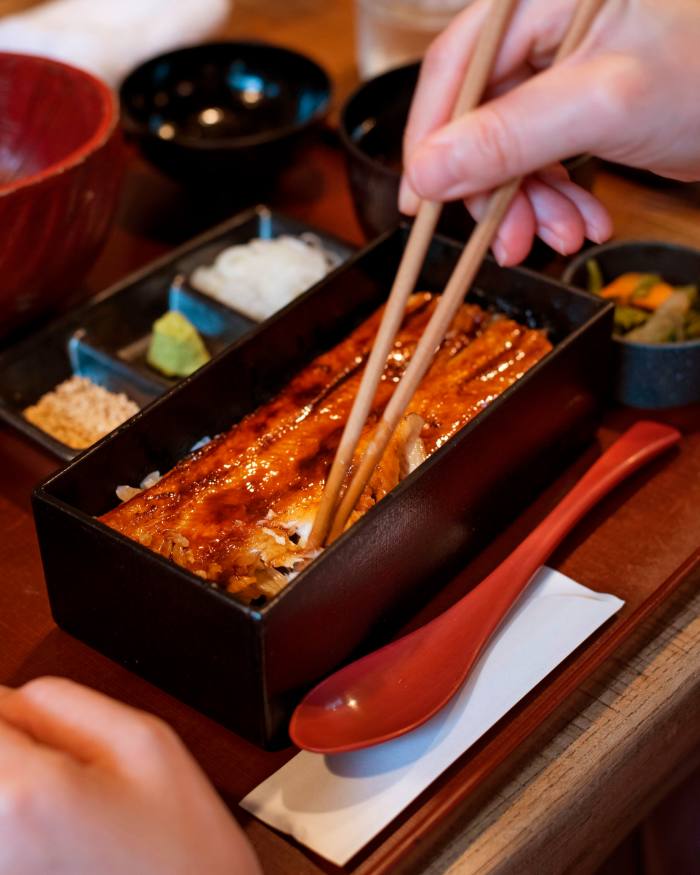
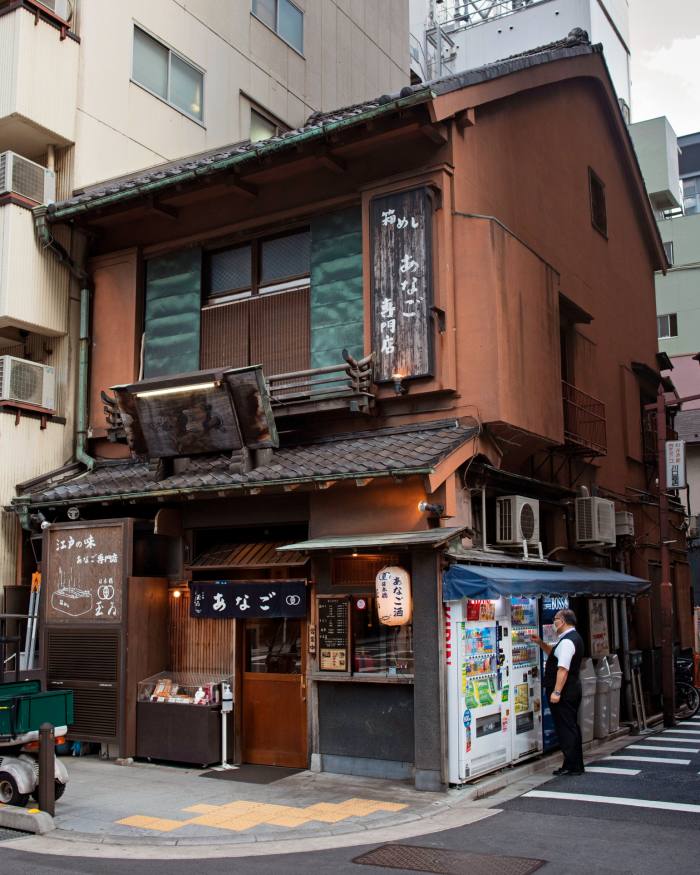
Miyajima, in the Seto Inland Sea near Hiroshima, was anointed one of Japan’s top three scenic spots in the 17th century. The ravages of time and tourism have not robbed it of its magic. The island is best known for the hulking torii gate on the shore, which appears to float at high tide. In town, a cluster of restaurants serve the local delicacy: anago meshi, or conger eel on rice.
Unlike freshwater unagi, classified as endangered by the International Union for Conservation of Nature, saltwater anago was last assessed as being of “least concern”. In Tokyo, one of the few restaurants specialising in this less problematic option is Nihonbashi Tamai.
Inside its old wooden shophouse, Tamai serves lacquer boxes of rice topped with simmered or grilled anago, which is softer and less oily than its threatened cousin. The anago is covered with a mildly sweet, caramelised sauce and comes with a variety of toppings, including citrus peel and wasabi.
The restaurant was founded by Edo-mae sushi masters and sources eels from different areas depending on the season, including the Seto Inland Sea.
Katsuo no tataki at Myojinmaru (Shikoku)
fourth floor, GEMS Kayabacho Building, 1-1-7 Shinkawa, Chuo-ku, Tokyo 104-0033
Good for: Casual dining in a group
Not so good for: A quiet, intimate meal
FYI: The restaurant says it uses Kochi salt dried “using only the heat of the sun and the power of the natural wind”
Website; Directions
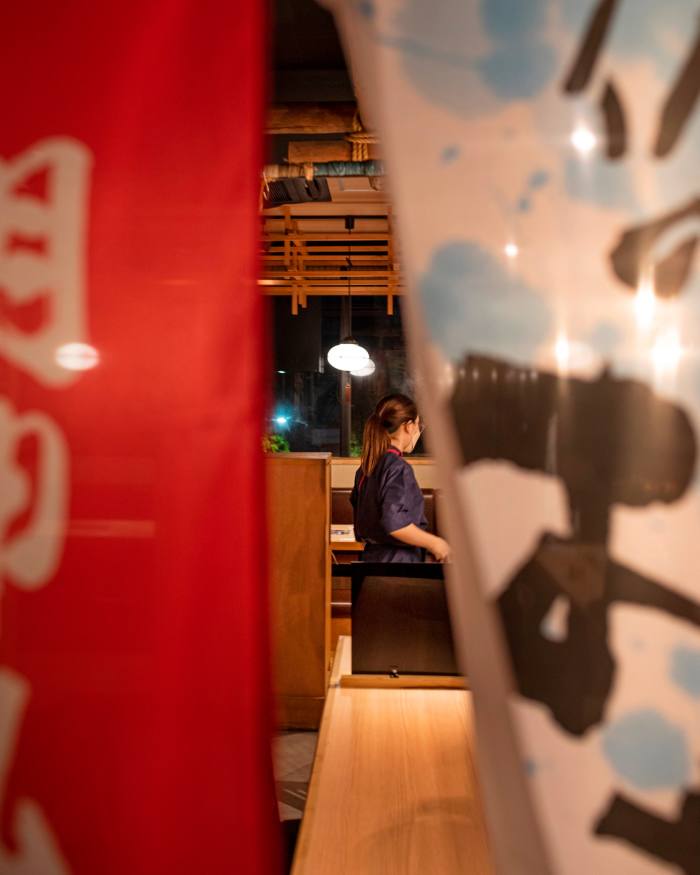
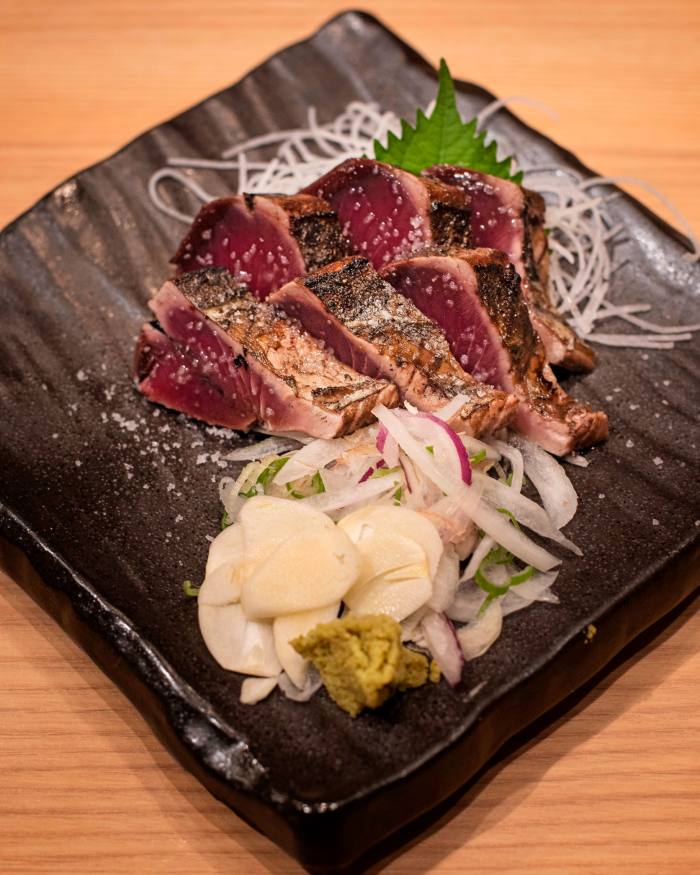
Off the crescent-shaped coastline of the sparsely populated Kochi prefecture, in the Shikoku region, many fishermen take pride in a centuries-old method of catching katsuo (bonito) with rods, rather than hauling them from the sea in nets.
They’ve also perfected the art of cooking bonito: katsuo no tataki. The red fillets are briefly seared on a straw fire that reaches 1,000C. This creates a crispy char on the outside but leaves the inside raw. The fish is cut into thick slices, sprinkled with salt or soy sauce and served with generous helpings of onions, ginger and garlic.
Kochi-born restaurant Myojinmaru takes its name from a vessel that still plies the waters off Shikoku, according to its website. In Tokyo, it serves katsuo and other Kochi favourites at a branch in a 10-storey riverside building devoted to restaurants. A large mural of a fishing boat — complete with jumping bonito — and banners emblazoned with the restaurant’s name in calligraphy add a touch of character to the modern if slightly sterile decor. The cover of the menu, a photograph of deep-red katsuo no tataki, leaves little doubt about the house speciality.
Buta no kakuni at Gohanya Isshin (Kyushu)
floor b1, Twin Building Daikanyama A, 30-3 Sarugakucho, Shibuya-ku, Tokyo
Good for: Carefully selected rice, sourced from different production areas each year depending on quality
Not so good for: When you’re in a rush
FYI: You’ll have to wait in line at lunchtime; reservations are accepted, and essential, for dinner
Website; Directions
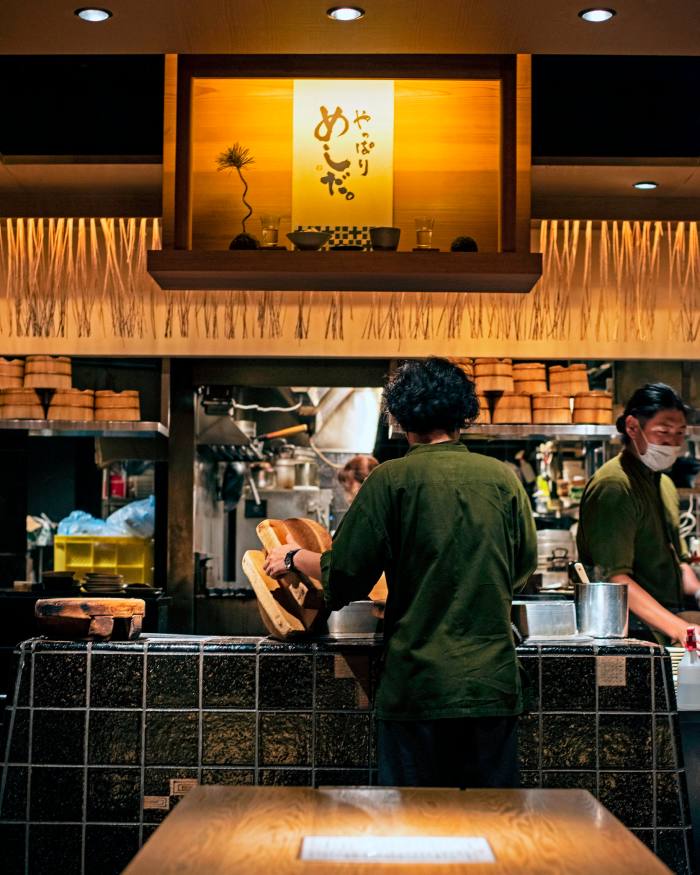
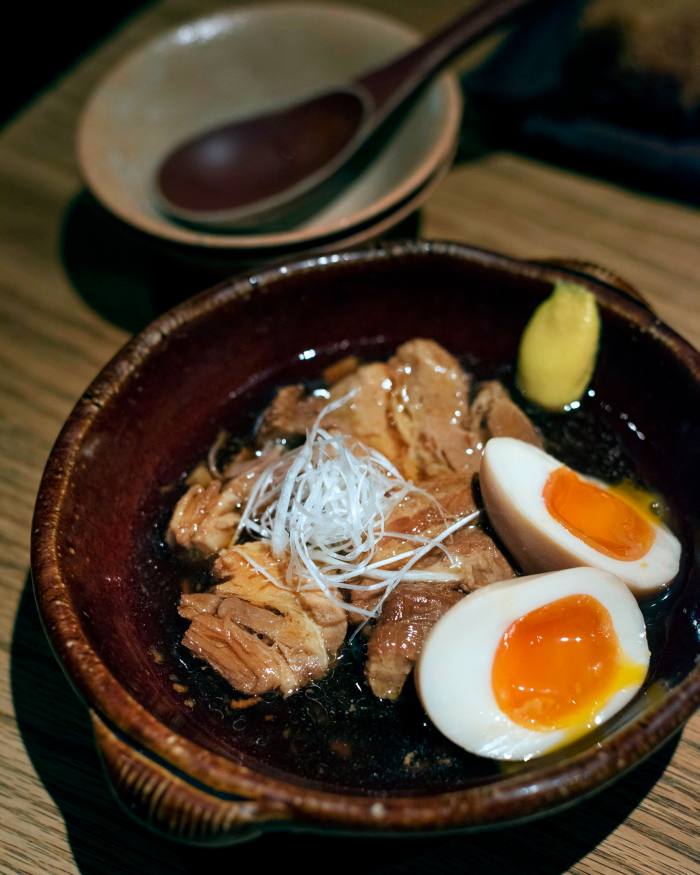
Buta no kakuni — braised pork belly simmered in sake, soy sauce and sugar — can be found in restaurants and homes all over Japan. Nevertheless, the region of Kyushu and the city of Nagasaki consider these morsels of meat to be their forte. The dish is said to have been adopted and adapted from Chinese traders and migrants who came to the area centuries ago.
Isshin, hidden down a flight of stairs in Tokyo’s trendy Daikanyama district, serves an exceptional kakuni alongside well-crafted takes on other Japanese pub fare like fried crab-cream croquettes. The kakuni is served in a broth with a boiled egg, onion and a dollop of Japanese mustard.
The interior has a distinctly Japanese feel, with wood flooring, tatami seating and big vats of rice at the front of the open kitchen. It’s also a shoes-off kind of place: staff will ask you to leave them at the door, and they’ll be neatly arranged for you when you leave.
Goya chanpuru at Ryukyu Chinese Tama (Okinawa)
2-3-2 Shibuya, Shibuya-ku, Tokyo 150-0002
Good for: Late-night bites
Not so good for: Spreading out, as some tables can feel cramped
FYI: The walls are lined with an extensive wine selection
Website; Directions
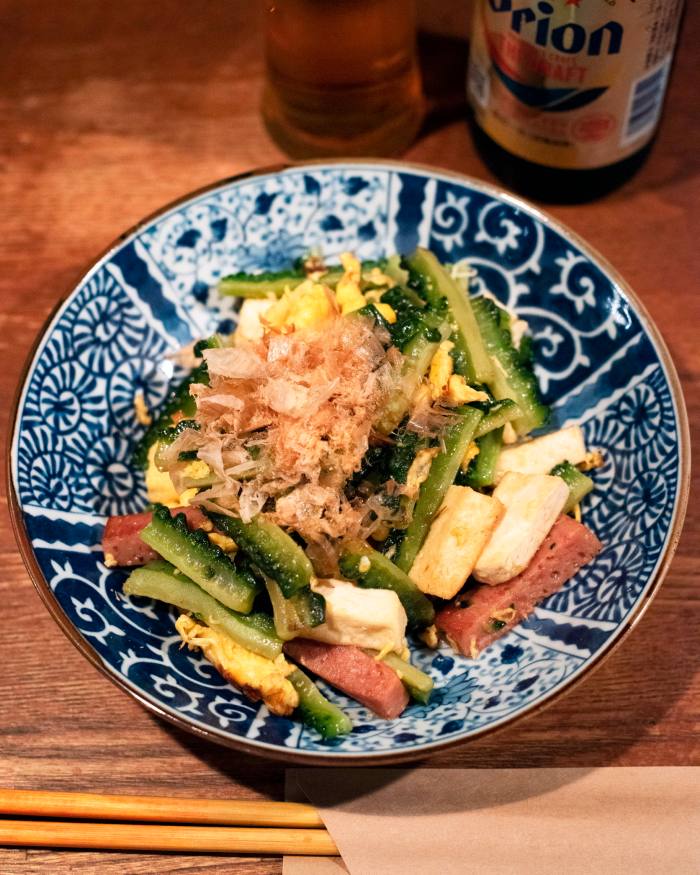
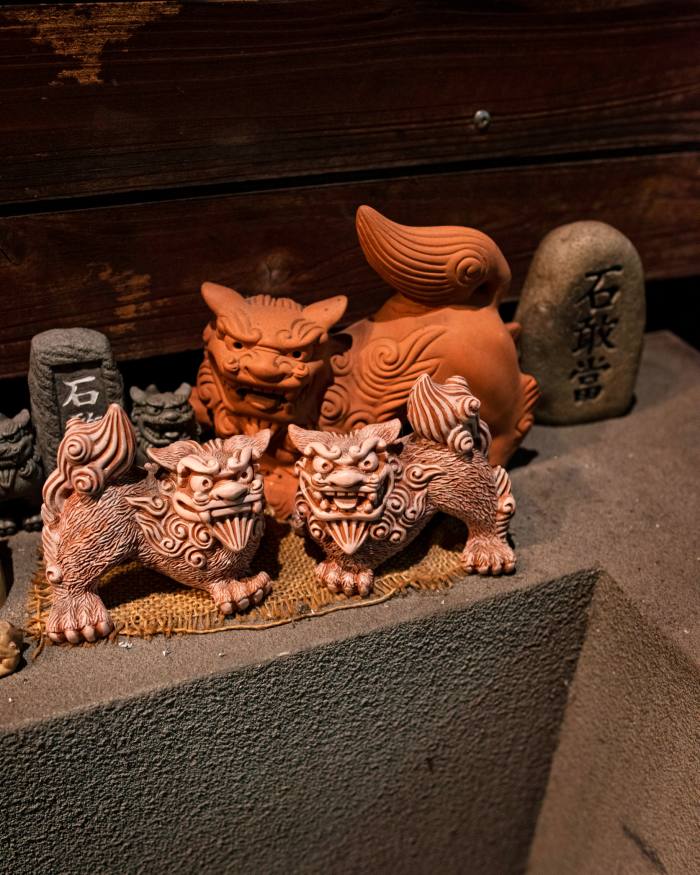
Okinawa and Kyushu are generally considered a single region. But the Okinawan islands boast a cuisine that reflects their unique history.
Japan’s southernmost prefecture was once a kingdom, Ryukyu, with its own language and customs. Its location made it a trade hub linking China, Japan, the Korean peninsula and south-east Asia, until its annexation into Japanese territory in 1879. After the second world war, the US controlled the islands until 1972.
This melange of cultures is evident in chanpuru, a stir-fry of tofu, eggs, vegetables and meat. The name comes from the Malay or Indonesian word campur and means “something mixed”. A popular version is made with goya, or bitter melon.
Tucked away on a quiet street near teeming Shibuya station, Ryukyu Chinese Dining Tama serves goya chanpuru with Spam, which was introduced to Okinawa during the American occupation. Dried bonito flakes, sprinkled on top, dance in the steam of the hot mixture, adding a Japanese touch.
This cosy Michelin Bib Gourmand eatery invites you in with its gleaming sign, a glass facade that allows a view of the kitchen and lion-like Okinawan Shisa statuettes said to ward off evil spirits. Inside, you’ll find numerous other specialities from the islands, such as Okinawa soba, as well as dishes from China — a tribute to the friendly owner-chef’s Okinawan mother and Chinese father.
Which Tokyo eateries that specialise in regional dishes would you recommend? Tell us in the comments
For more pieces like this, visit ft.com/globetrotter or follow FT Globetrotter on Instagram at @FTGlobetrotter
Cities with the FT
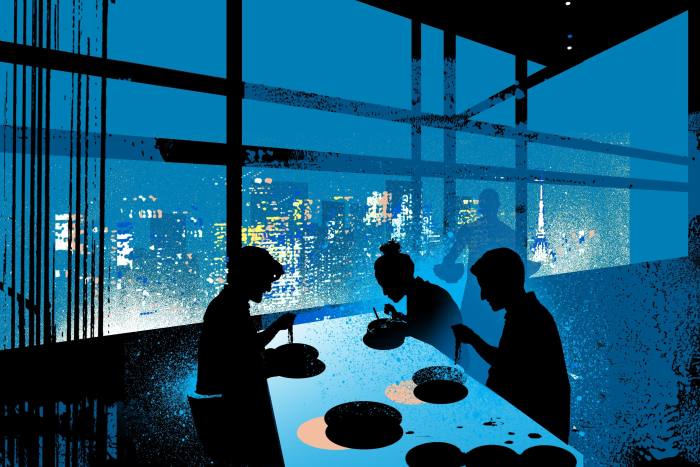
FT Globetrotter, our insider guides to some of the world’s greatest cities, offers expert advice on eating and drinking, exercise, art and culture — and much more
Find us in Tokyo, New York, London, Paris, Rome, Frankfurt, Singapore, Hong Kong, Toronto and Miami
This story originally appeared on: Financial Times - Author:James Hand-Cukierman
























